Building Safety: A Series
WHA Building Safety Series
Can you believe building codes have been around for more than 3700 years!
The earliest building code dates back to The Code of Hammurabi c.1760 B.C. These were 282 laws inscribed on an eight-foot tall stone slab. (The slab was stolen in the 12th century B.C. and only rediscovered in 1901!) Laws 229-233 were for building construction, including if a house falls down and kills the owner, the builder shall be put to death!
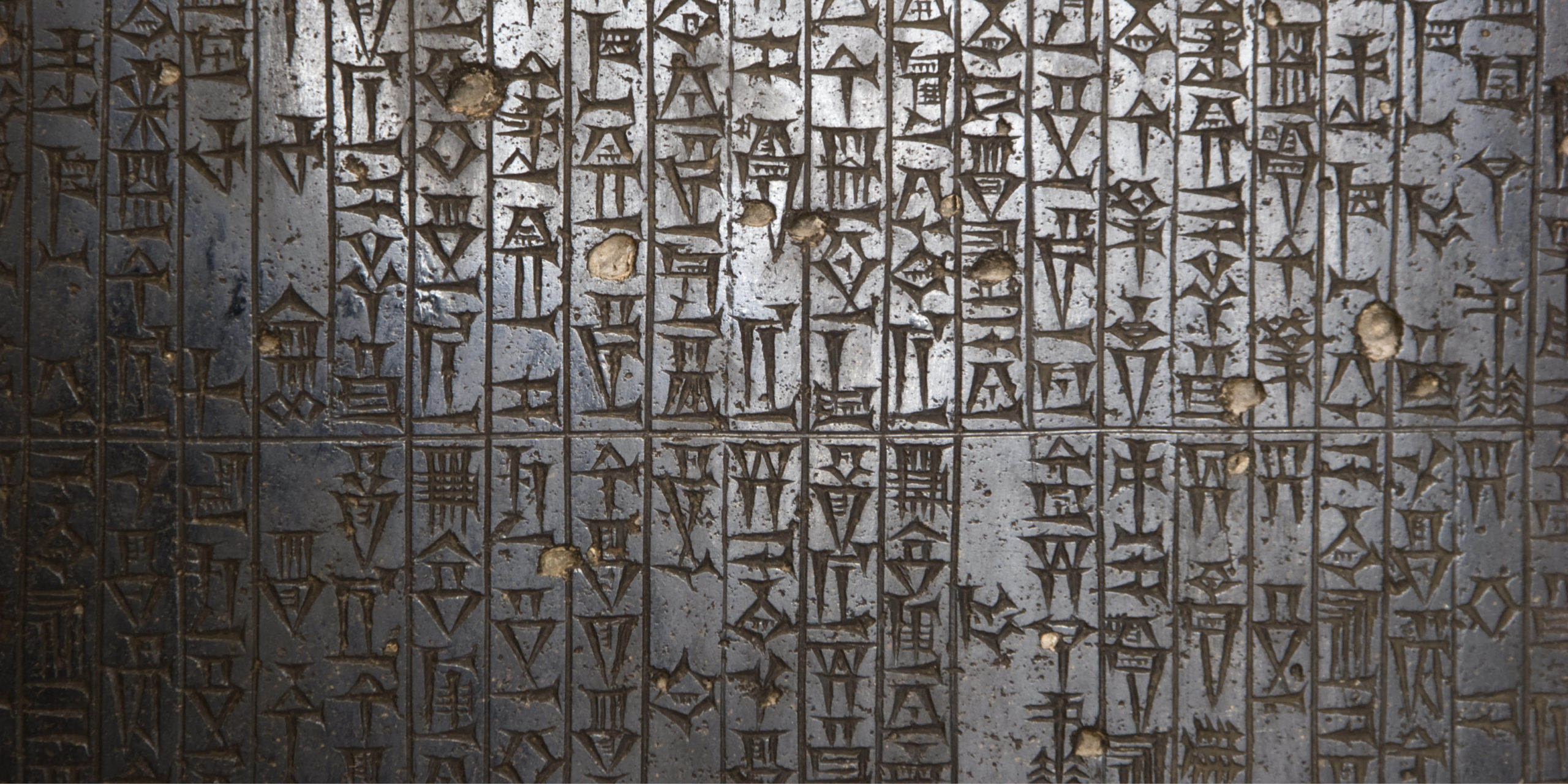 The Code of Hammurabi
The Code of Hammurabi
Modern codes have shifted away from punishment for poor construction, instead focusing on making buildings safe and healthy. The London Building Act of 1844 set forth requirements for drainage, width of streets, adequate ventilation, and the regulation of explosive works. It also created the first building inspectors.
The 1867 New York State Tenement Housing Act and the 1909 California State Tenement Housing Code set minimum standards for ceiling height, room sizes and requirements for heat. Construction of the full-block, 38-story 1.2 million square foot Equitable Building in Manhattan in 1915, at the time the largest office building in the world, created such controversy about the future of a world cast in shadows that it triggered the 1916 New York City Zoning Code. This established setbacks, stepbacks, and open space criteria.
In 1927, the Uniform Building Code by the Pacific Coast Building Officials created exiting standards and minimum safe structural requirements and was updated periodically until 1997. It was superseded by the International Building Code, used primarily in the United States (although, my nephew, an architect practicing in Colombia, uses this code too). In 1978 the California Building Standards Code adapted national model codes to meet California conditions. It covers a broad range of topics including Electrical, Mechanical, Plumbing, Energy, Historic Buildings, Fire and Green Building Standards.
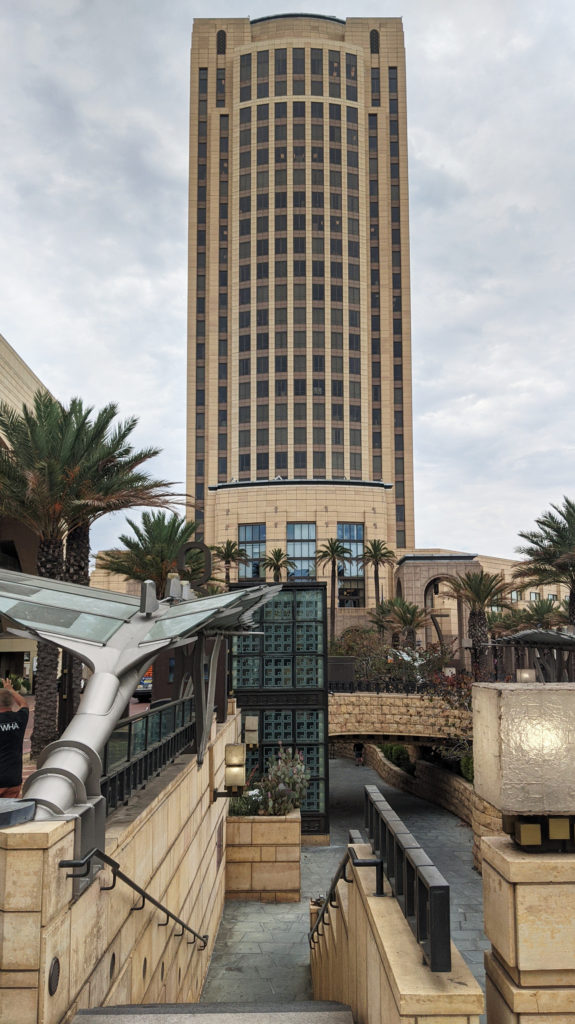 MTA Tower at Union Station
MTA Tower at Union Station
In 1994, the Northridge earthquake shook Southern California. It was notable as the first major quake in an urbanized area to have upward thrust (as opposed to typical lateral movement). At that time, I was the designer of the 28-story MTA Tower at Union Station, then the tallest building under construction in the West. When the quake struck, the steel skeleton had been completed. An extensive analysis of the structural connections was undertaken and became part of the basis for the next code update.
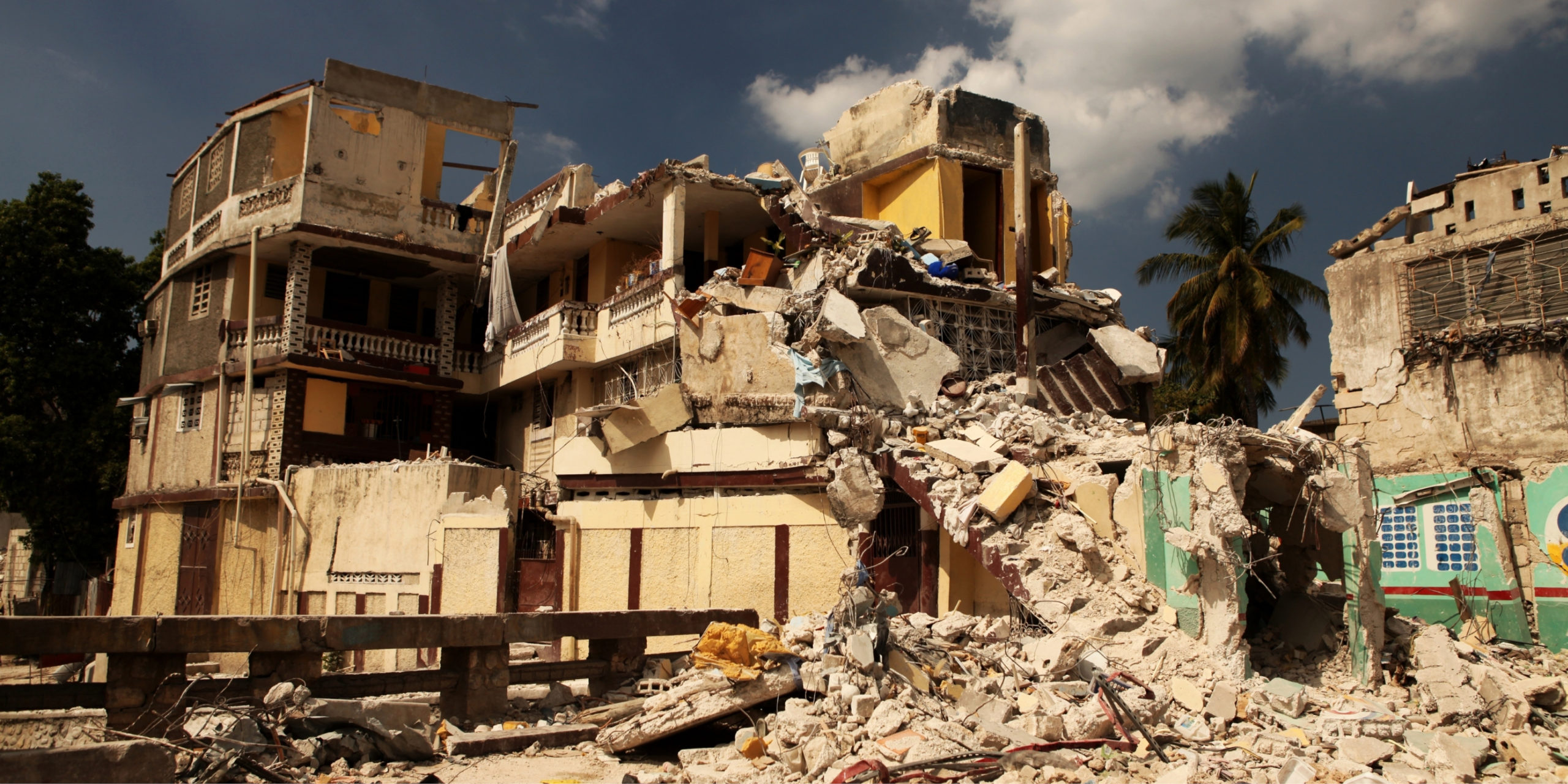 Turkey-Syria Earthquake
Turkey-Syria Earthquake
Our codes are a testament to using applied science to make our buildings and our lives safer and healthier. The devastation of the recent Turkey-Syria earthquake and others in Mexico and elsewhere have inspired us to focus on Building Safety topics in a new periodic series of blogs. Watch this space.

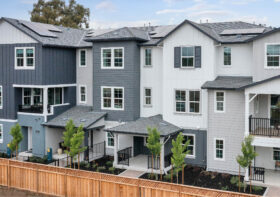

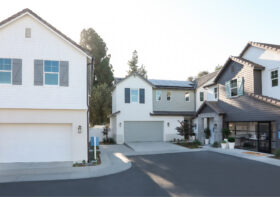
Lisa Hauptmann
Thank you Ron! Very interesting indeed!